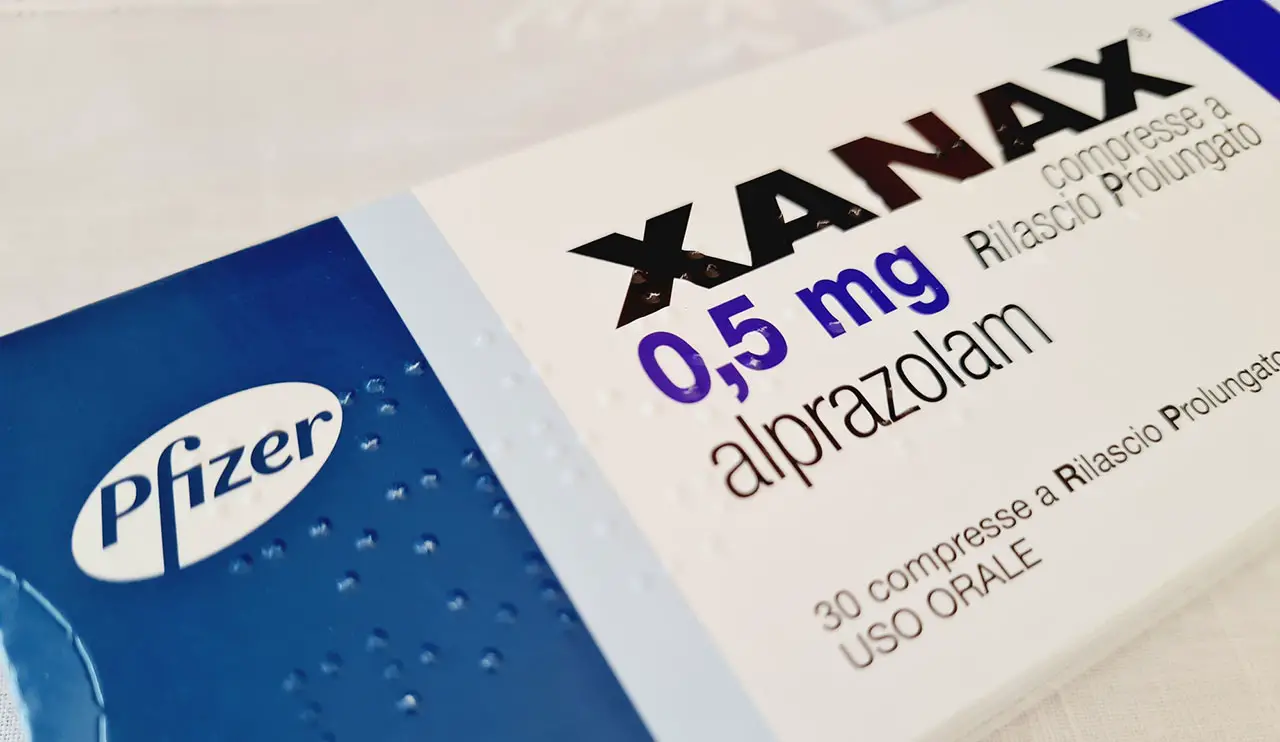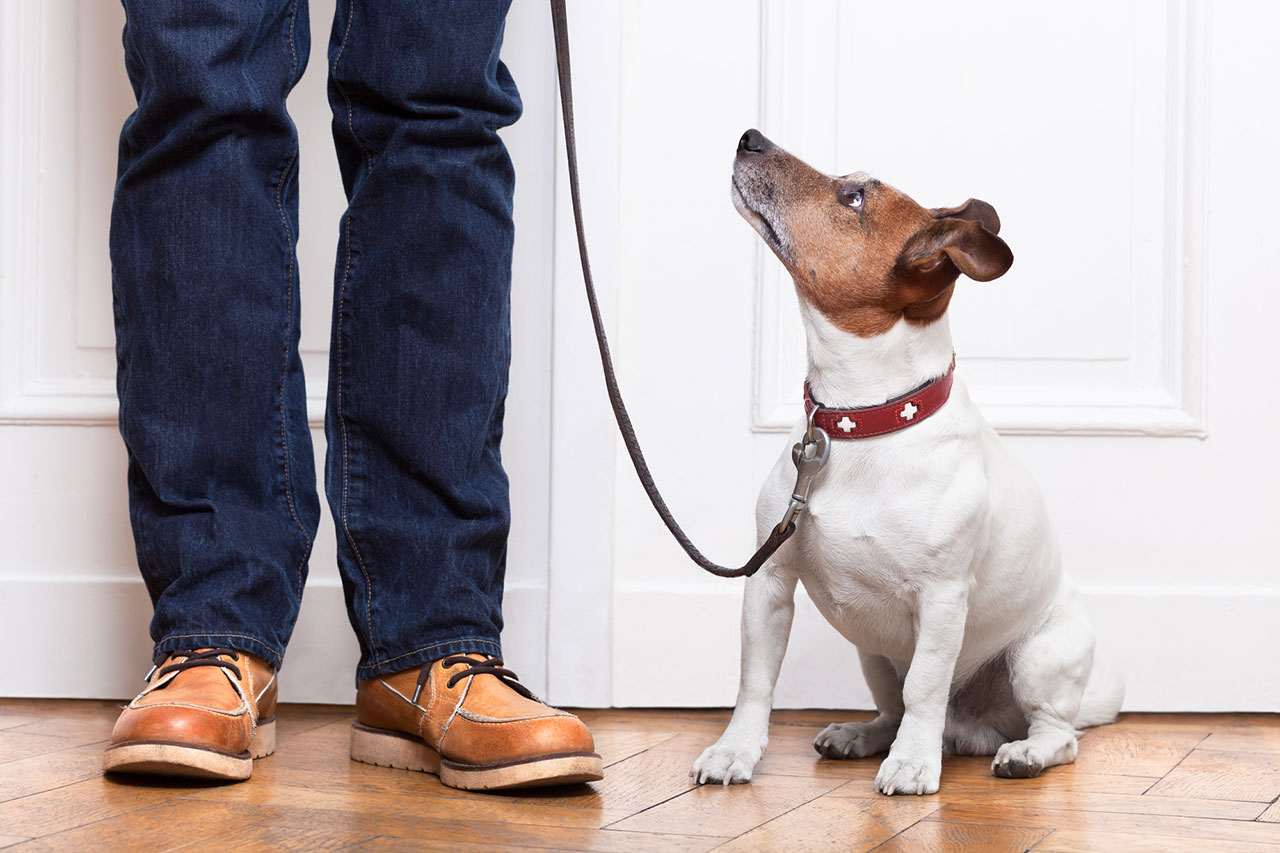Can Dogs Take Xanax?
What is Xanax, & What Does it Do For Dogs?
Xanax are prescription medications to treat anxiety disorders. It belongs to a class of drugs known as benzodiazepine tranquilizers, which work by increasing the number of GABA in the brain. As a result, it helps to calm the nervous system and serves as a muscle relaxant. Xanax can be prescribed for both short-term and long-term use and is typically taken orally as a tablet.
For dogs, Xanax can be used to treat noise phobias (like thunderstorm phobia), panic attacks, separation anxiety, situational anxiety, irritable bowel syndrome, aggressive behavior, and other behavior problems. However, it’s important to note that Xanax should not be used as a long-term treatment for dogs and should only be given to them under the supervision of a veterinarian because it may have adverse effects on your dog.
How to Give Your Dog Xanax
Dogs can get anxious, just like humans. In some cases, this prescription drug, which is Xanax, can help them feel better. But it’s important to note that you should only ever give your dog Xanax if a veterinarian has prescribed it because it has potential side effects. Here are five different ways and natural methods to give your dogs Xanax:
1) Place the Xanax pill in a treat such as a piece of cheese or a hot dog. This will help your dog to swallow the pill more easily.
2) Add the Xanax pill to your dog’s food bowl and mix it with their food. Again, it’s a safe option to help disguise the pill and make it easier for your dog to consume.
3) Put the Xanax pill on a piece of bread with peanut butter and roll it up. This will create a little “pill pocket” that your dog can eat without tasting the medication itself.
4) Fill a syringe with water and then insert the Xanax pill into the water. Next, draw up the syringe and then squirt the liquid solution into your dog’s mouth.
5) Drop the Xanax pill into a small amount of water and then offer this liquid form to your dog to drink. This method is particularly useful if your dog is resistant to taking medication orally. It’s also a good idea to try positive reinforcement before doing this trick.
If you’re ever unsure about how to give your dog Xanax, or if you have any concerns about the medication, always speak to your veterinarian. They will advise you on the best way to give your dog the medication and will be able to monitor their condition.
What Are the Risks Associated with Giving Xanax to Dogs?
Xanax is a human medicine that is sometimes prescribed to dogs to treat anxiety and other health problems. However, it’s an important thing to be aware of several side effects of Xanax to dogs before deciding to give this pill to your pet.
1. One of the most significant risks associated with giving Xanax to dogs is that it can interact with other medications that they are taking. This can potentially lead to serious side effects or even an overdose.
2. Xanax can also make dogs very drowsy and sluggish. Again, this can be extremely dangerous if left unsupervised as they could potentially hurt themselves.
3. Another risk is that Xanax can cause dogs to have difficulty breathing. This is particularly dangerous for older dogs or those with pre-existing respiratory conditions.
4. Giving a dog Xanax can also cause them to suffer from seizures. Seizures can be extremely dangerous, and in rare cases, they can be life-threatening.
5. Xanax can also cause vomiting and diarrhea in dogs. This can result in dry mouth and dehydration, which can be very dangerous, particularly for puppies or elderly dogs.
6. Some dogs may also experience an allergic reaction to Xanax, ranging from mild to severe. It can even be life-threatening.
7. Dogs taking Xanax may also be more prone to heat stroke as the medication can make them more sensitive to heat.
8. Another potential risk is that Xanax can make dogs aggressive. This is particularly dangerous if they are around small children or other animals.
9. Xanax can also affect a dog’s coordination and balance, as it directly affects a dog’s central nervous system. This can make it difficult for them to walk or stand, and they could potentially fall and hurt themselves.
10. Finally, it’s important to note that giving a dog much Xanax without the guidance of a licensed veterinarian can be extremely dangerous and even life-threatening. Dog owners should always consult their vet before giving their pet any pill form of medication, even if it is seemingly innocuous, like Xanax.
Benefits of Giving Xanax to Dogs
Dogs can suffer from anxiety as much as humans, and in some cases, the condition can be so severe that prescription medication may be necessary. Xanax is a popular anti-anxiety medication prescribed to both people and dogs. While it may have some adverse side effects, it can also be very effective in treating anxiety. Here are ten benefits of giving your dog Xanax:
1. Xanax can help calm anxious dogs and make them feel more relaxed. If your dog finds it difficult to cope with everyday life due to their anxiety, giving them a small dose of Xanax may help them feel more relaxed and comfortable.
2. Xanax can help to ease separation anxiety in dogs. If your dog becomes anxious and stressed when you leave them alone, giving them a dose of Xanax before you go out may help ease their anxiety and make them feel more relaxed in your absence.
3. Xanax can help to reduce fear, panic disorders, and anxiety in dogs. For example, if your dog is afraid of loud noises, such as thunderstorms or fireworks, giving them a dose of Xanax may help reduce their fear and make them feel more relaxed.
4. Xanax can help to ease anxiety during car rides. If your dog becomes anxious or stressed when traveling in the car, giving them a small dose of Xanax may help make them feel more relaxed and comfortable during the journey.
5. Xanax can help to reduce stress and anxiety in dogs. If your dog finds it difficult to cope with a change in its routine or surroundings, giving them a dose of Xanax may help reduce stress and make them feel more relaxed.
6. Xanax can help to ease anxiety during veterinary visits. If your dog becomes anxious or stressed when visiting the vet, giving them a small dose of Xanax may help make them feel more relaxed and comfortable during the appointment.
7. Xanax can help to calm hyperactive dogs. If your dog is very active and seems to be constantly on the go, giving them a small dose of Xanax may help calm them down and relax.
8. Xanax can help to ease a dog’s anxiety when socializing with other animals. If your dog finds it difficult to socialize with other dogs or people, giving them small amounts of Xanax may help ease their anxiety and make them more relaxed around others.
9. Xanax can help reduce fear and anxiety in dogs with PTSD. If your dog has developed post-Traumatic Stress Disorder (PTSD) due to a traumatic experience, then giving them a small dose of Xanax may help reduce their fear and anxiety.
10. Xanax can help ease any other type of anxiety or stress that your dog may be experiencing. If your dog finds it difficult to cope with any different kind of anxiety or stress, giving them a small dose of Xanax may help ease their anxiety and make them feel more relaxed.
Alternatives to Xanax for Treating Anxiety in Dogs
There are a variety of alternatives to Xanax. Some of these treatments may work better for your dog than others, so you’ll want to experiment until you find the best solution. Here are 15 different alternatives to Xanax that you can try:
1. CBD Oil
It’s a popular natural treatment for anxiety in humans and can also be effective for dogs. It calms their nervous system and can be used to treat a variety of different anxiety disorders.
2. Bach Rescue Remedy
Bach Rescue Remedy is a homeopathic remedy that is effective for treating anxiety in dogs. It is made from a combination of flower essences, and it works to calm the nervous system and ease stress.
3. Melatonin
It’s a hormone that helps to regulate sleep, and it can also be used to treat anxiety in dogs. Giving your dog a small dose of melatonin before bedtime can help ease stress and promote restful sleep.
4. Herbals Supplements
There are a variety of different herbal supplements that can be effective for treating anxiety in dogs. The most popular herbs for anxiety include chamomile, passionflower, and valerian root.
5. Homeopathic Remedies
Homeopathic remedies are another popular natural treatment for anxiety in dogs. Like Bach Rescue Remedy, homeopathic remedies work to calm the nervous system and ease stress.
6. Aromatherapy
Aromatherapy is a natural therapy that uses essential oils to promote relaxation. For example, lavender oil is one of the most popular essential oils for anxiety and can be added to your dog’s bath.
7. Acupuncture
Acupuncture is a traditional Chinese medicine that involves inserting thin needles into the body. Acupuncture can be effective for treating a variety of different health conditions, including anxiety.
8. Massage
It’s a way to relax the body and ease stress. It can also help treat anxiety in dogs. But, of course, if you’re uncomfortable giving your dog a massage, you can always take them to a professional dog masseuse.
9. Exercise
It’s another way to relieve stress and promote relaxation. For example, taking your dog for a walk or playing fetch are great ways to get them moving and help ease their anxiety.
10. Diet Change
Food allergies or sensitivities can often cause anxiety. Changing your dog’s diet to one made for dogs with allergies can help reduce anxiety symptoms.
11. Cognitive Behavioral Therapy
Cognitive-behavioral therapy is a type of therapy that can be effective for treating anxiety. This type of therapy helps to change the way your dog thinks about and responds to stressful situations.
12. Anti-Anxiety Medications
There are a variety of different anti-anxiety medications that your vet can prescribe. These medications can be effective for treating anxiety, but they should only be used as a last resort.
13. Supplements
There are a variety of different supplements that can help treat anxiety in dogs. Some of the most popular accessories for concern include omega-3 fatty acids, L-theanine, and magnesium.
14. Flower Essences
Flower essences are a type of natural therapy that uses the energy of flowers to promote relaxation. Bach Rescue Remedy is one example of a flower essence that can be used to treat anxiety in dogs.
15. Reiki
It’s a type of energy healing that can effectively treat anxiety. For example, during a Reiki session, the practitioner will place their hands on or near the dog to encourage relaxation and stress relief.
We hope this has helped you and that you feel more comfortable seeking help for your furry friend when needed. Keep in mind that it’s always best to consult a veterinarian before giving your dog any medication, including over-the-counter drugs like Xanax. Thank you for reading!





